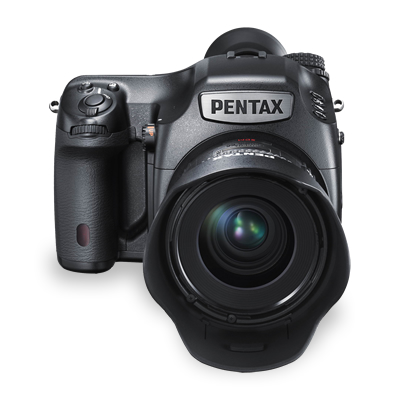I’ve been asked the same couple of questions several times over the last few weeks: Will you buy the Pentax 645Z? followed by Do you recommend that I buy one too?
Will you buy the Pentax 645Z?
Short answer: Yes
Long answer: Yes. The 645Z will be my main camera, and the 645D will become the spare body.
The increase in megapixels from 40 to 51.4 does have some advantages, although no client has ever said to me that 40 megapixels wasn’t enough. Future clients, however, particularly those advertising travel destinations on posters or billboards may desire the extra pixels. For exhibitions bigger is usually better, the B0 (39×56) prints at my Matsuri Exhibition in Tokyo were amazing, and later this year hopefully I’ll be exhibiting several A1 (23×33) prints in Naha, Okinawa. Above all, using the best equipment available to me is important for The Karate Masters Portrait Project. The goal of the project is to create a historical record of these martial arts masters. I no longer study karate, but striving for the best, and pushing the boundaries incrementally, is a mindset that these sensei and I share.
The faster image sensor will be the biggest improvement when working with the camera in the field. Chimping with the 645D is slow, especially if you take a sequence of shots. Being able to quickly check focus and exposure will enable me to get a few more keepers when working under pressure. The ability to work at higher ISOs will be useful in low light, or when I need to use a fast shutter speed.
The tiltable LCD panel and live view are features new to a Pentax 645. Only hands-on experience will teach me if these are valuable, but I imagine there will be times when being able to focus accurately with live view before taking the shot will be advantageous.
Do you recommend that I buy one too?
Short answer: If you want to, of course. Even better do it using the affiliate links 645Z at B&H or Amazon Japan and I’ll be very grateful.
Long answer: Is it the right camera for you? Is it the camera you need? To be honest, I’ve no idea.
If you’re using the camera as a tool then you have to determine if it’s actually the right tool for the job. If you need a 50+ megapixel camera, the 645Z is by far the cheapest option on the market. If you need a rugged, weatherproof 50+ megapixel camera system the Pentax 645Z is probably the best money can buy.
If you’ve already invested in the Pentax 645 system than this is an obvious choice, and it’s at a lower price than the 645D was when released.
I imagine the 645Z will also be tempting for those currently shooting landscapes and portraits with the Canon 5D Mark III or the Nikon D800E. The jump in image quality may be enough to make some make the switch. I have a feeling that the 645Z with the increased ISO range would also be a fantastic high-end wedding camera.
There are some things the 645Z can’t do. If you need more than 3 frames per second (composite shots of a snowboarder flying over a jump) this is the wrong camera. Comparing the 645Z with the Nikon D3X or Canon EOS-1D X, is not sensible as although they have similar prices, they are designed for very different jobs.
The 645 system lenses are excellent, but there are some lenses you simply don’t have available to you including fish-eyes, fast long telephotos, (new) leaf shutter lenses, and tilt shift lenses. If your current workflow is based around any of these lenses then you should check out other cameras.
Can your back take the strain? The 645D or Z is large and heavy. The lenses are similarly large and heavy. Not a problem if your shooting in the studio or from the back of a car, but it does make it a challenge if you’re using it all day in the field. If I’m going out shooting in natural light, maybe I’ll use the Lowepro 200 bag, and inside place the 645D body with the 25, 55 and 90mm lenses. This comes to 8 kilos / 18 pounds.
Add in the 300m lens (1.5kg), and another 645 body (1.5kg) for redundancy, and you are looking at 11 kilos. Add extra batteries, chargers, a liter of water etc. and you are getting close to 15 kilos (33 lbs). I have friends who will laugh at this, because they strap on three times as much weight, then HALO jump from a C-130 or march across Helmand Province. However, carrying heavy camera gear can still be exhausting, and there are times when a smaller sensor, a smaller body, and smaller lenses just makes sense. The Pentax K3 with a pancake lens comes in under 900 grams, and the waterproof WG-II is less than 200. Again it comes back to what is the right tool for job.
As I don’t know what you want or need, I can’t claim to know what is the right camera for you. Staff at a camera store can discuss your needs and will be able to give better advice. Staff at a reputable camera store will hopefully steer you to the best camera for you, rather than the one that gives them the most profit.



